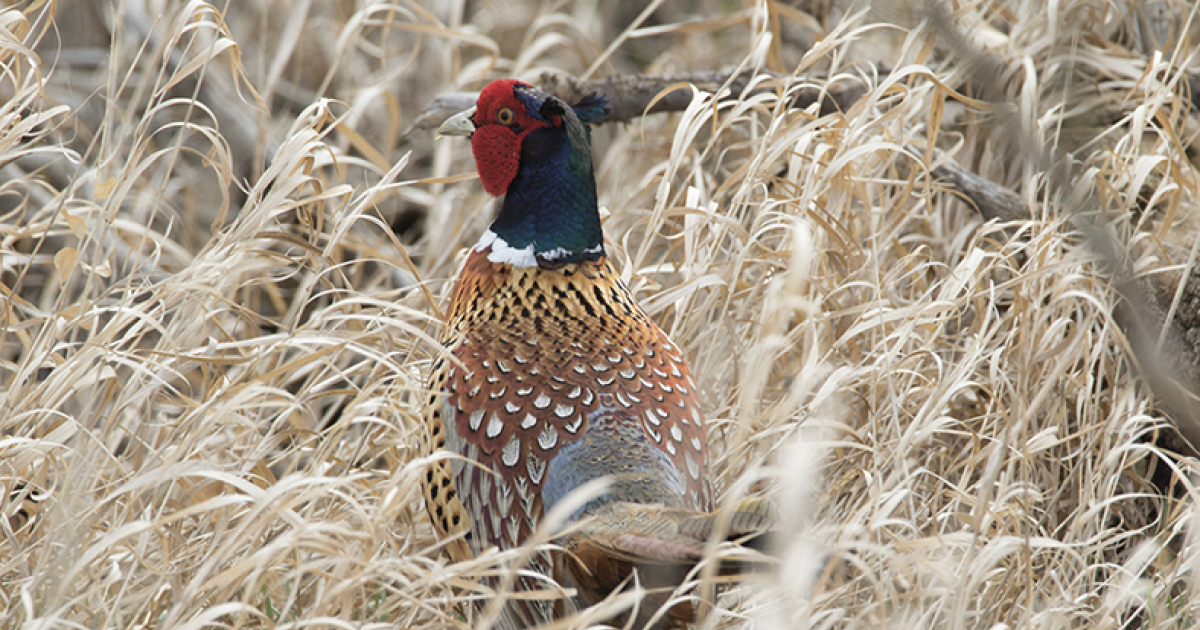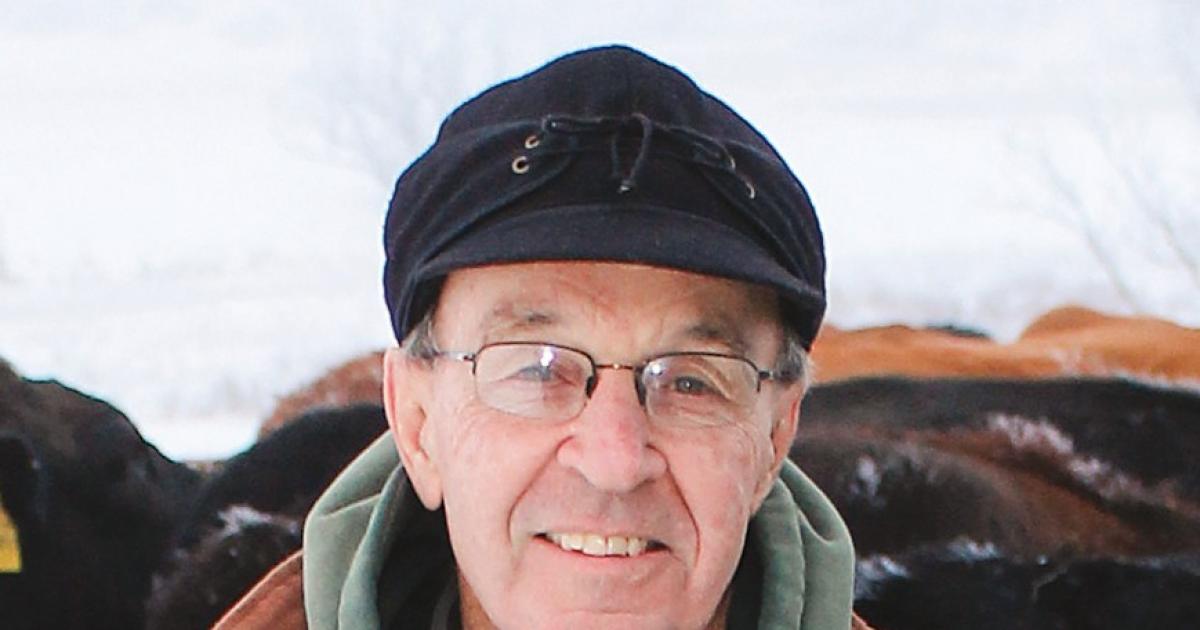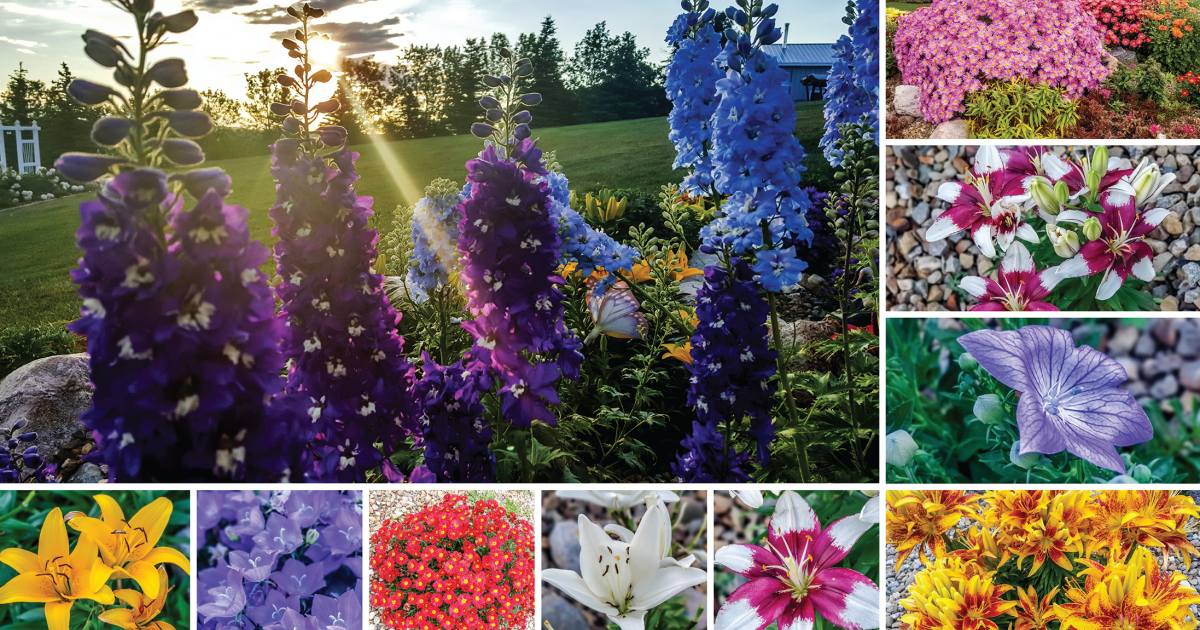Pheasants. Story and photos by the N.D. Game and Fish Department
Last winter arrived early and stayed late, and its influence on wildlife across North Dakota was evident, most notably in the state’s deer herd as the N.D. Game and Fish Department (NDGF) cut the number of deer gun licenses by nearly 11,000 compared to 2022.
With a lot of snow on the ground from early November to about mid-April, quality wildlife habitat was clearly in short supply across much of the state. Populations experiencing the greatest impacts will be slow to rebound without the proper cover on the landscape. However, habitat available on the landscape today looks good, with the welcomed moisture winter left and timely spring and summer rains many received.
The following hunting season preview is a condensed version of an article originally appearing in the August-September issue of the NDGF magazine, North Dakota OUTDOORS.
PHEASANTS
The number of roosters heard crowing during NDGF’s 2023 spring pheasant crowing count survey was up 30% statewide from last year.
Department biologists documented increased production for most of the state during 2022 brood routes compared to the last couple years, and they also confirmed high reproduction rates while aging hunter-submitted pheasant wings. So, the increase in pheasant density comes as no surprise despite the high snowfall this past winter.
Last year, 51,270 pheasant hunters (up 9%) harvested nearly 287,000 birds (up 10%), compared to 47,020 hunters and nearly 260,000 roosters in 2021.
WILD TURKEYS
North Dakota’s wild turkey population has remained mostly stable, providing plenty of opportunities for hunters.
In 2023, about 7,400 spring turkey licenses were made available to hunters, about 200 fewer than 2022. Yet, the fall turkey licenses, roughly 4,300, is an increase of about 300 licenses compared to last year.
SHARP-TAILED GROUSE
The spring sharp-tailed grouse census indicated the number of male grouse counted on spring dancing grounds remained mostly the same compared to 2022.
Last year, a total of 20,461 grouse hunters (up 29%) harvested 62,640 sharp-tailed grouse (up 37%), compared to 15,762 hunters and 45,732 sharptails in 2021. Counties with the highest percentage of sharptails taken were Mountrail, Burke, Bowman, Divide and McKenzie.
DUCKS
While North Dakota wetlands dried considerably during late summer and fall of 2022, habitat conditions improved significantly in 2023, following abundant snowfall throughout winter and widespread rain in early May. Those areas in the state most influenced by this moisture held the best potential for breeding ducks.
The fall flight forecast of ducks from North Dakota is up 23% from last year and is the 15th highest fall flight from the state on record. Waterfowl biologists do not expect an overly strong duck migration due to relatively dry conditions in the Canadian Prairies. Hunters should take advantage of early migrants, like blue-winged teal, during the first two weeks of the season, as teal production appeared to be good. North Dakota waterfowl hunting seasons are always affected by fall weather, and weather patterns from early to late seasons usually are not consistent from year to year. Another increase in the percentage of young birds in the fall flight this year should help hunter success.
The department’s 76th annual breeding duck survey conducted in May showed an index of 3.4 million ducks in the state. Wetland conditions across the state during the survey varied from fair to excellent, logging the seventh highest wetland index in the history of the survey. Overall, this year’s breeding duck index was the 23rd highest in the 76 years of the survey, nearly identical to last year, and 39% above the long-term average.
GEESE
Numbers of temperate-breeding Canada geese, Western Prairie Canada geese and arctic nesting Tallgrass Prairie Canada geese, snow geese and Ross’s geese all remain high, despite declines in abundance of central arctic light geese in recent years.
Production of Canada geese in the state was strong this year, and large-type Canada geese in the state continue to be abundant. Unusually warm weather in the arctic created some uncertainty around goose production, but limited observations indicated average production overall.
Canada goose hunting should be good, but timing of crop harvests is always a wildcard for early season hunting. Canada geese probably won’t start grouping up and moving around much until September this year, due to late reproduction efforts and later crop harvests.
SANDHILL CRANES
The mid-continent population of sandhill cranes is in good shape heading into fall. The northern Great Plains experienced a cold start to spring this year, which slowed the northern migration of most birds. As a result, few sandhill cranes made it north of the central Platte River valley of Nebraska where the annual spring survey is conducted. Given these conditions, a large proportion of the population was likely captured during the survey. Survey numbers have yet to be finalized for 2023, but initial reports indicate a strong survey with numbers exceeding the record setting 2018 totals.
In addition, the three-year population index used for guiding hunting season regulations has been stable to slightly increasing for several years now. Wetland conditions throughout much of North Dakota are also in good shape, which will provide plenty of options for roosting sandhill cranes during the fall migration.
WHITE-TAILED DEER
NDGF made available 53,400 licenses for the 2023 deer gun hunting season, a decrease of 10,800, following a brutal winter arrival in November that hung around until April.
The statewide hunter success rate in 2022 was 53%, which was 4% lower than 2021 and below the goal of 70%. Low hunter success was likely due in large part to high winds and blizzard conditions during the first two weekends of the season.
Department biologists conducted aerial surveys on all hunting units in the state during the winter of 2023. Overall, deer numbers were up in the southcentral portion of the state and generally down for much of the remainder of the state. The Wing-Tuttle monitoring block (units 2J1 and 2J2) was flown in January and again in April and deer numbers had declined by 53% during that time period.
MULE DEER
Mule deer declined across the western edge of the state following extreme winter conditions that started in November and lasted into April. The 2023 spring index for mule deer in the Badlands was 29% lower than the 2022 index and 5% below the long-term average. This was the lowest spring index since 2014.
Consequently, licenses were significantly reduced for 2023. NDGF made 1,600 antlered licenses and 650 antlerless licenses available in 2023, which is 3,500 fewer licenses than 2022.
A mule deer buck license remains one of the most difficult licenses to draw, but for those lucky few, it should result in a very high-quality hunt. Hunter success for mule deer buck hunters was 64% in 2022.
PRONGHORN
North Dakota hunters will have significantly fewer opportunities to hunt pronghorn this year due to a large population decline. Significant snowfall and a long winter put extreme stress on the population. Losses due to malnutrition were significant based on results from the department’s 2023 aerial survey.
Biologists conducted aerial surveys of 13,340 square miles in early July and found the number of pronghorns in the state decreased by 40% from last year. Pronghorn reductions followed the same pattern as mule deer, where animals in the northernmost range experienced the largest declines. Pronghorn declines ranged from 60% in the North Missouri management region to 15% in the Western Bowman management region.
The extreme winter weather also negatively affected fawn production in summer with 43 fawns per 100 does observed during the aerial survey. This was the second lowest year of fawn production on record. The department made available 420 licenses in 2023, 1,550 fewer than 2022.
FURBEARERS
Overall, furbearer populations remain relatively similar to 2022 and there are no significant changes to the furbearer regulations this fall. Harvest limits, timing of seasons and zones are all the same.
Spring surveys indicated coyotes remain the bright spot in North Dakota and were largely the most abundant furbearer seen by observers. Compared to last year, however, their numbers were relatively unchanged and even slightly below the 20-year average.
Foxes continue to be outcompeted by coyotes in most places, although they are holding steady in the Prairie Pothole Region. And muskrats continue to struggle to reach higher numbers, with only the eastern half of the state showing much promise, where numbers were similar to last year. Raccoons may be the highlight this season, with survey numbers being as good as they get up here on the northern fringe of their range.
___
Hunters and trappers can find more information, including season details and regulations for upland game, migratory game birds and furbearer hunting and trapping online at www.gf.nd.gov.


















